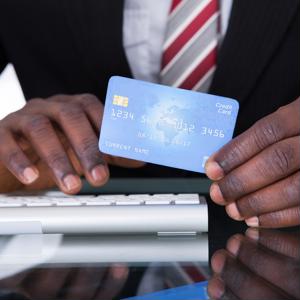80 percent of businesses use ACH, commercial cards for B2B purchases

Despite their high cost and inefficiency, its no secret businesses have been slow to move away from paper checks when paying for procurements. However, new research suggests that more companies than ever now use electronic payment methods for at least some of their purchases.
As many as 83 percent of respondents to AP Now's 2016 Payment Survey say their organization uses ACH to make some of its payments, while another 79 percent have issued corporate cards to their employees for purchasing certain goods and services.
While it is exciting to see so many companies taking advantage of the cost savings and convenience of electronic payments, far fewer use these options regularly. More than half say they still cut checks for 75 percent of their B2B transactions, a figure that disappointed … more



